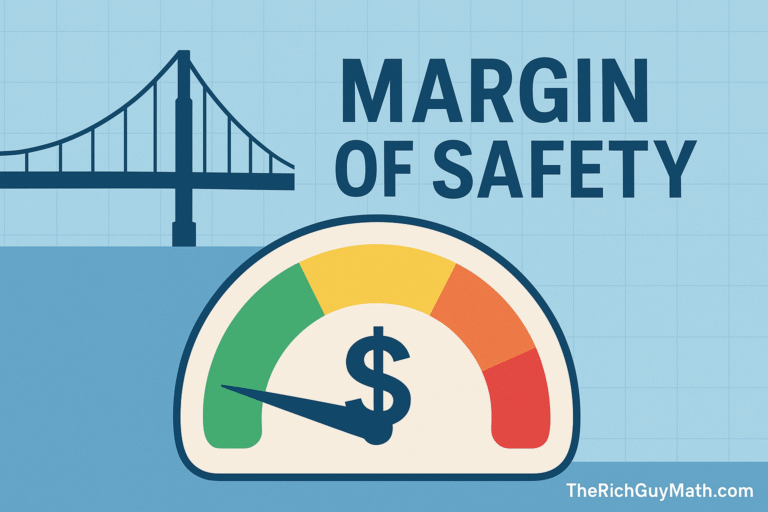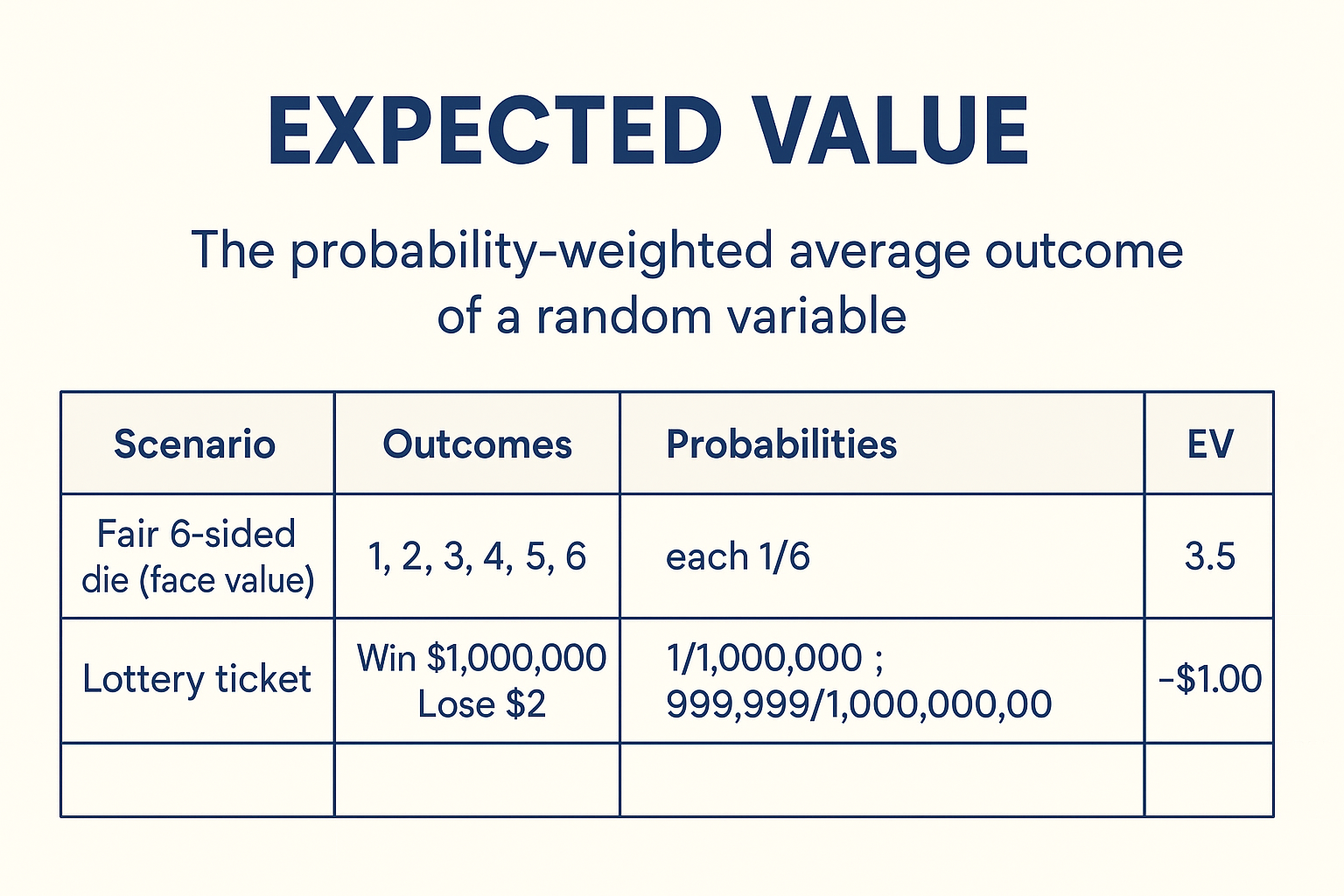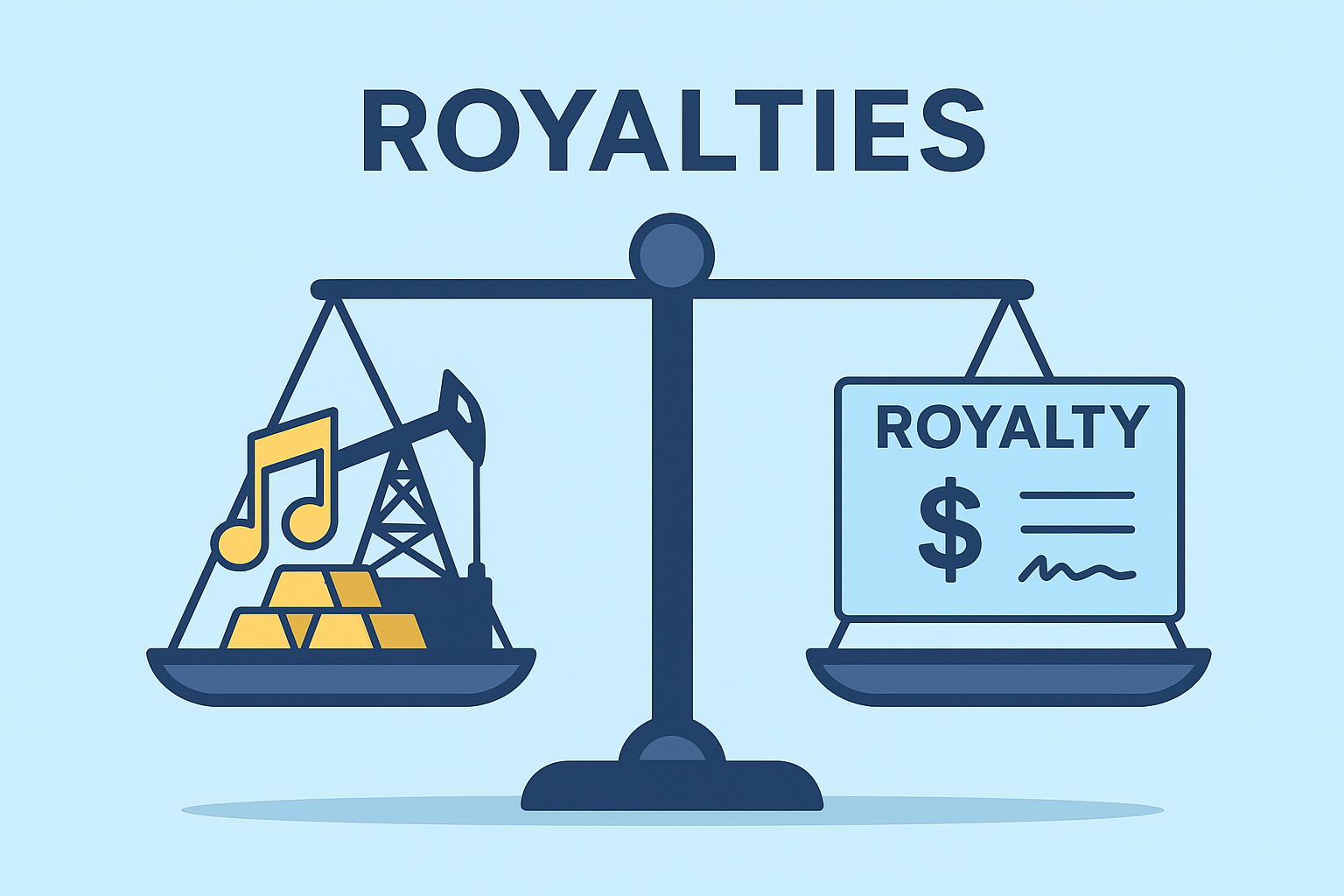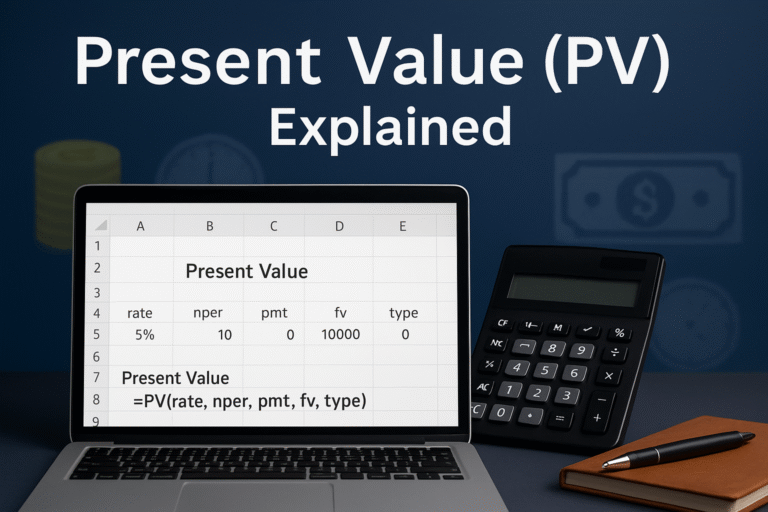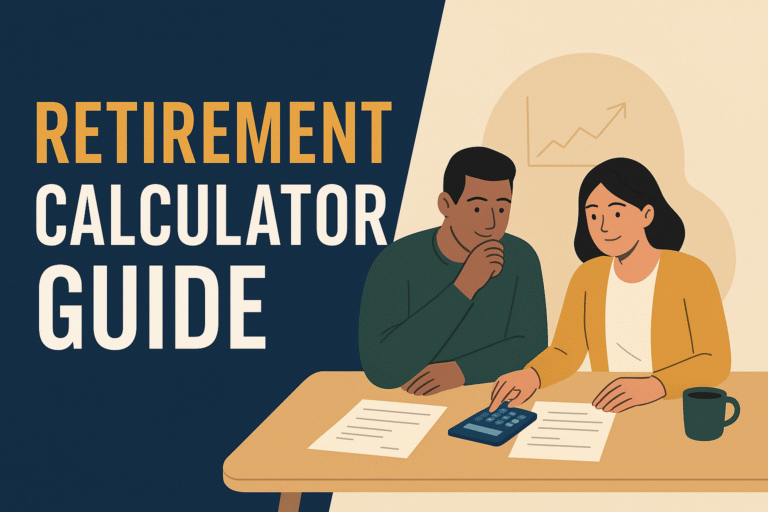The Intelligent Investor is Benjamin Graham’s classic on value investing and risk-aware decision-making, and it still shapes how millions think about stocks today.
TL;DR — The Intelligent Investor
- The Intelligent Investor teaches margin of safety, Mr. Market, and a split between defensive and enterprising investors.
- Actionable: use a 2-step margin-of-safety check (intrinsic value estimate vs market price).
- Modern tweak: adjust for intangibles when valuing tech; pair Graham rules with low-cost index funds for defensive portfolios.
- Read the Jason Zweig commentary edition and use the checklist below before buying a stock.
What is The Intelligent Investor?
The Intelligent Investor (1949) is Benjamin Graham’s guide to investing with a margin of safety, discipline, and a long horizon. Graham separates investment (careful analysis, safety of principal, satisfactory return) from speculation (betting on price movements). The book introduced memorable frameworks, Mr. Market (an emotional market personified), and the margin of safety remains central to value investing. :contentReference[oaicite:6]{index=6} Investopedia
Who was Benjamin Graham?
Benjamin Graham (1894–1976) taught value investing at Columbia; Warren Buffett was one of his students and famously called this work “by far the best book on investing ever written.” content Reference[oaicite:7]{index=7}
Why the book still matters
- Timeless rules about avoiding emotional trading.
- Practical frameworks for conservative investors.
- A foundation for later value investors (Buffett, Klarman). contentReference[oaicite:8]{index=8}
5 Core Concepts from The Intelligent Investor
1) Margin of Safety — what it means and a simple example
Definition: Buy with a buffer between price and your estimate of intrinsic value.
Simple math example: If you estimate intrinsic value = $100 and market price = $65, margin of safety = (100−65)/100 = 35%. Aim for larger buffers for uncertain businesses (e.g., early-stage tech).
2) Mr. Market uses the market’s mood swings
Mr. Market shows up daily, offering prices sometimes wildly optimistic, sometimes pessimistic. The intelligent investor treats Mr. Market as a helpful servant, not a guide. Buy when he is pessimistic and sell (or wait) when euphoric. :contentReference[oaicite:9]{index=9}
3) Defensive vs Enterprising investor
- Defensive (passive): focus on preservation, diversified bond/stable equity allocation, index funds, high-grade bond funds.
- Enterprising (active): deeper analysis, special situations, individual stock selection, higher turnover.
4) Dollar-cost averaging & portfolio policy
Graham supported structured allocation and regular investing (what we often call dollar-cost averaging), which reduces timing risk. :contentReference[oaicite:10]{index=10}
5) Focus on business, not ticker
A stock is ownership in a business, analyzing fundamentals: earnings, cash flow, leverage, and management quality.
Modern critique — what Graham missed and how to adapt
Graham wrote before the rise of intangible-asset-heavy firms (software, brands, network effects). Two practical adaptations:
- Adjust intrinsic value models for intangibles: use revenue multiples plus a discounted cash flow that explicitly models margin expansion (or decay).
- Combine with indexing: for defensive investors, pair Graham’s rules with low-cost index or target-date funds to reduce single-stock risk. (See Morningstar research on indexing for defensive investors.) Wikipedia
3 Micro Case Studies
All figures are illustrative, not investment advice.
1 — Classic value pick (hypothetical)
- Business: cyclical manufacturer
- Estimate intrinsic value per share: $40
- Market price: $24 → Margin of safety = 40% candidate for an enterprising investor.
2 — Growth stock adaptation
- Business: high-growth software
- Traditional Graham metrics may understate value (intangible FDV). Use a multi-scenario DCF with conservative growth (10%) and a higher required margin (50%).
3 — ETF / Index for defensive investors
- Defensive portfolio: 60% low-cost US total market ETF, 40% intermediate bond ETF. Apply Graham’s “no frenzy” rule, rebalance annually, and ignore daily Mr. Market noise. Expected value
Graham valuation cheat sheet
| Step | Action | Note |
|---|---|---|
| 1 | Estimate normalized earnings (3–5yr average) | Smooths cyclicality |
| 2 | Apply conservative P/E or DCF | Use lower growth assumptions |
| 3 | Compute intrinsic value per share | Discount to present |
| 4 | Compare market price → margin of safety | Target ≥ 20–30% for risky sectors |
How to use these principles in your portfolio
- Decide if you’re Defensive or Enterprising.
- For individual stocks: require ≥20–30% margin of safety.
- Maintain diversification: for most readers, limit single-stock exposure to ≤5% of portfolio.
- Use low-cost funds as the backbone for defensive portfolios.
- Keep a “buy list” and wait for Mr. Market’s price offers.
Recommended editions & resources
- Jason Zweig commentary edition (recommended for modern readers).
- Read Warren Buffett’s 1988 letter (where he discusses Graham) and Investopedia for core concept primers.
Conclusion
The Intelligent Investor still matters because it reframes investing as disciplined risk management. Modern investors should adapt Graham’s math to intangible assets and use indexing when appropriate.
Yes, its behavioral and risk principles are timeless, though valuation methods should be adapted for modern tech/intangible firms. :contentReference[oaicite:13]{index=13}
The revised edition with Jason Zweig’s commentary is best for contemporary readers. :contentReference[oaicite:14]{index=14}
The difference between intrinsic value and market price a buffer to protect against errors. (See cheat sheet above.)
Defensive beginners should favor low-cost index funds; enterprising investors can apply Graham to individual stock picks with caution.
Primary source: The Intelligent Investor chapters on valuation; also use Investopedia primers for step-by-step assistance. :contentReference[oaicite:15]{index=15}
Author: Max Fonji, SEO + financial strategist for TheRichGuyMath.com. Finance writer with 8+ years of experience, focuses on value investing education for beginners.
Disclaimer: This article is educational and not investment advice. Always consult a licensed financial advisor before making investment decisions.


